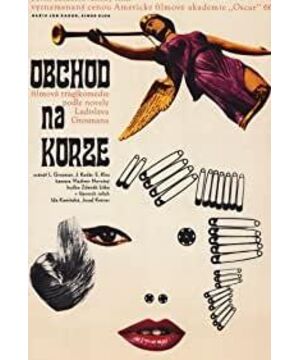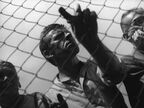As the leading work of the Czech New Wave, the film still continues the tradition of realism in narrative techniques. It appears conservative and prudent in the face of the French New Wave, but its narrative strategy is sufficiently amazing.
. The film "sets sadness with joy" and presents the suffering of the Jews who are oppressed by the tyranny of Fascism in a way of life details, even full of comedy.
. The sufferings of the Jews during the Second World War unfolded for the first time in the light daily life, but it is precisely this small daily rhythm that laid out the grand propositions of suffering and salvation with a solid pen.
. This "happy before and sad" approach, although there is no picture of the massacre, it accuses the brutality of fascism from a unique side, and uses the great contrast of the emotions of the characters to highlight the extent of the disaster's impact
.
The film maintains a free and unrestrained shooting method from beginning to end. The beginning of the film has a very documentary lens style, presenting a peaceful and peaceful scene. In addition, the small indoor scenes in the film are also handled very flexibly, using simple mirrors to freely change the scenes, and borrowing the reflection of mirrors and glass to expand the depth of field. This method not only contains the realism of life, but also gives people. With a dexterous and vivid feeling. In terms of characterization, the film is very successful. Tony's image is real and vivid, and the old woman Lauterman is also very cute.
.






